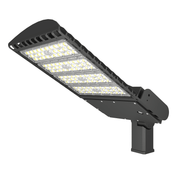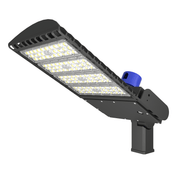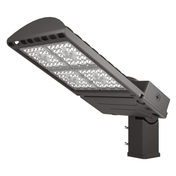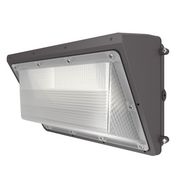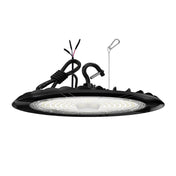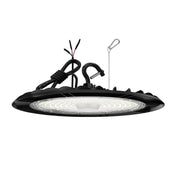Table of Contents
1. Driver damage
2. LED burns out
3. LED light decay
It is a widespread phenomenon that LED floodlights become dim after being used for some time. To sum up, the main reasons for the dimming of floodlights are driver damage, LED chip quality problems, light decay, etc.
1. Driver damage
LEDs must work at low DC voltage (below 20V), but our usual mains is AC high voltage (AC 220V). To turn the mains into the electricity needed by the LEDs, a device is needed, called "LED constant current drive power supply".
Theoretically speaking, as long as the parameters of the driver match the LEDs, the power supply can be continuously supplied and used normally. The inside of the driver is more complicated. The failure of any device (such as capacitors, rectifiers, etc.) may cause the output voltage to change, which in turn causes the LEDs to dim.
Driver damage is one of the most common faults in LED luminaires, which can usually be resolved after replacing the driver.
2. LED burns out
The LED itself is composed of LEDs one by one. If one or part of them does not light up, it will inevitably make the whole lamp dim. The LEDs are generally connected in series and then in parallel - so if a certain LED is burned, it may cause a batch of LEDs not to light up.
There are obvious black spots on the surface of the burned LEDs, find it, connect a wire to its back, and short-circuit it; or replace it with a new LED, all can solve the problem.
The LED burns one out every now and then, probably by coincidence. If it burns frequently, you need to consider the driver problem - another manifestation of driver failure is to burn the LEDs.
3. LED light decay
The so-called light decay is that the brightness of the light source is getting lower and lower - this situation is more obvious on incandescent and fluorescent lamps.
LED lights cannot avoid light decay, but their light decay speed is relatively slow, and it is generally difficult to see changes with the naked eye. However, it does not rule out that inferior LEDs, or inferior bead boards, or due to objective factors such as poor heat dissipation, lead to faster light decay of LEDs.

To solve these problems, the following measures can be taken:
1. Replace the damaged driver: If the driver is damaged, a new constant current driver power supply needs to be replaced.
2. Check and replace the LED chip: If the chip quality is poor, a high-quality LED chip needs to be replaced.
3. Adjust and use high-quality heat dissipation design: Ensure that the LED lamps have a good heat dissipation design to reduce the brightness attenuation caused by overheating.
4. Stabilize the power supply system: Ensure that the power supply system is stable to avoid voltage fluctuations and current instability.
5. Regular maintenance: Regularly check the welding condition and heat dissipation effect of the lamp to ensure that the lamp is in the best condition.



